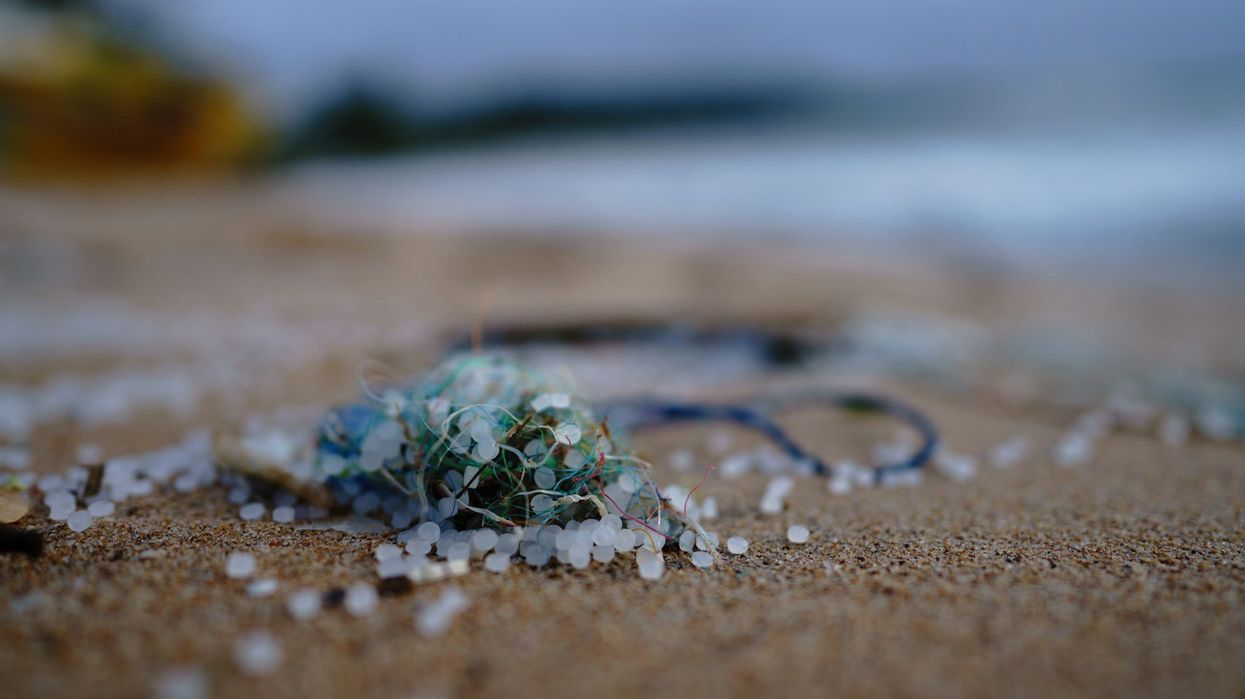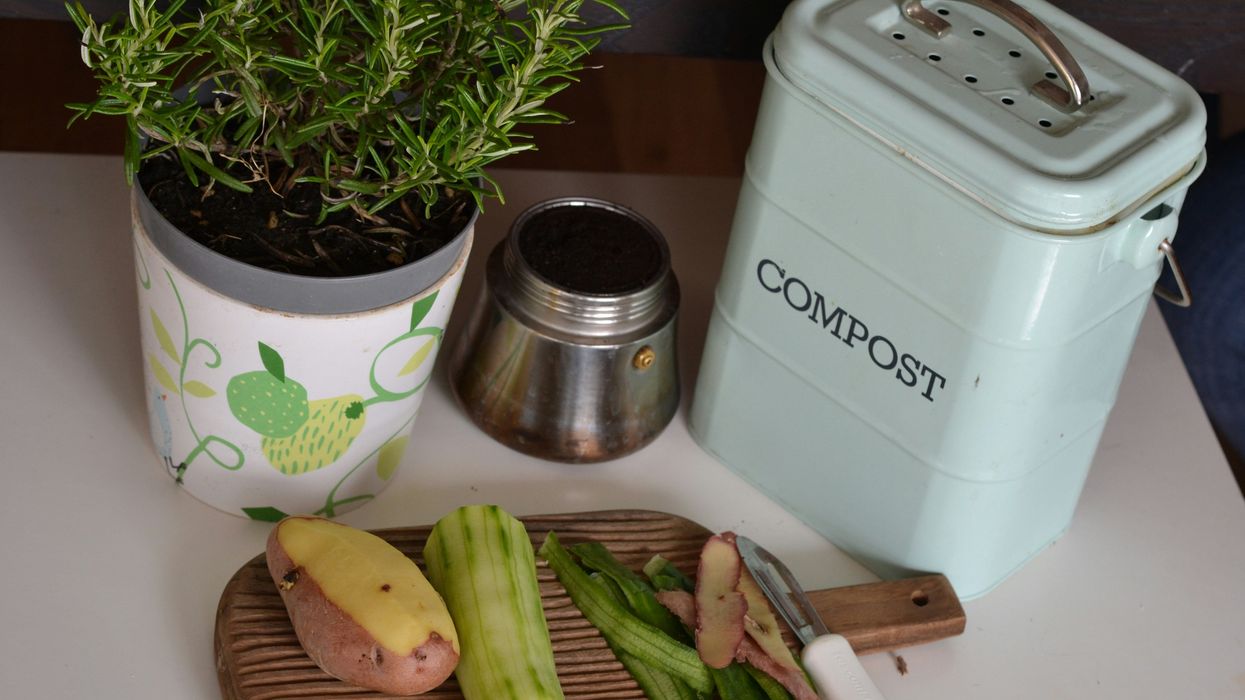Researchers have discovered that red, blue, and green plastics degrade into microplastics more rapidly than less vibrant colours.
Zoe Wood reports for The Guardian.
In short:
- Plastics colored red, blue, and green degrade faster into microplastics than black, white, and silver ones.
- The study, led by the University of Leicester, involved exposing plastic samples to environmental conditions for three years.
- Findings suggest manufacturers should reconsider the color of plastic products to reduce microplastic pollution.
Key quote:
“It’s amazing that samples left to weather on a rooftop in Leicester and those collected on a windswept beach at the southern tip of the African continent show similar results.”
— Dr. Sarah Key, project lead
Why this matters:
Microplastics pose significant environmental and health risks, with recent findings even showing their presence in human testicles. The smaller nanoplastic particles are particularly concerning due to their ability to penetrate deep into lung tissues and even enter the bloodstream.

















